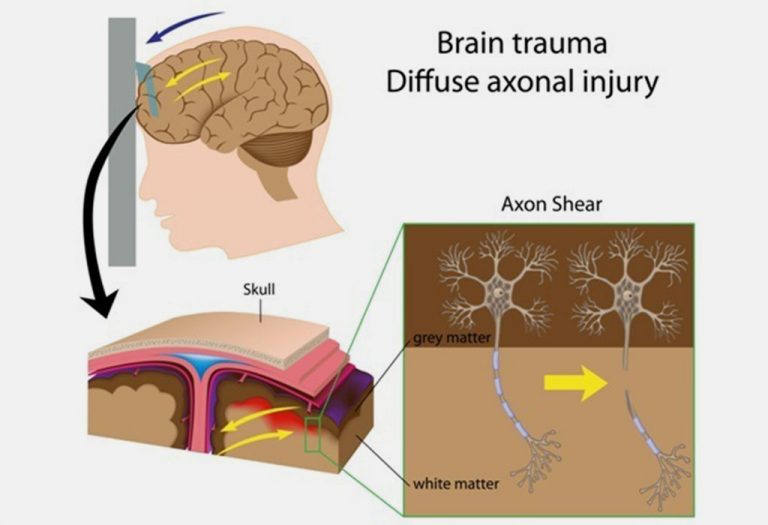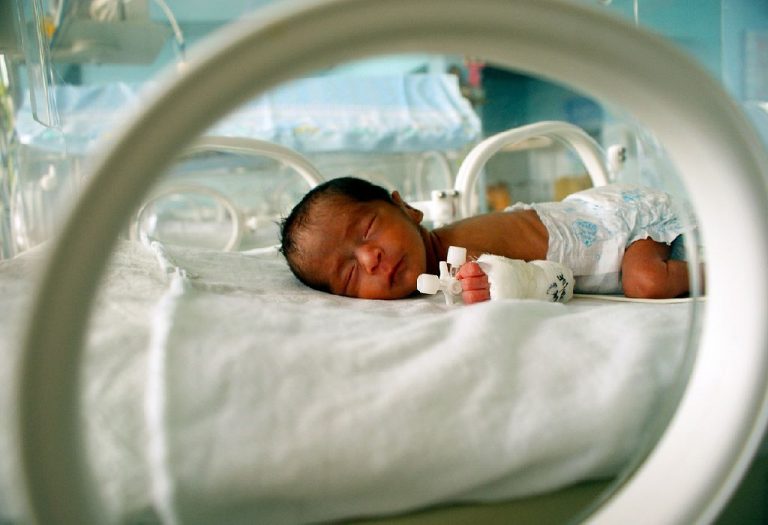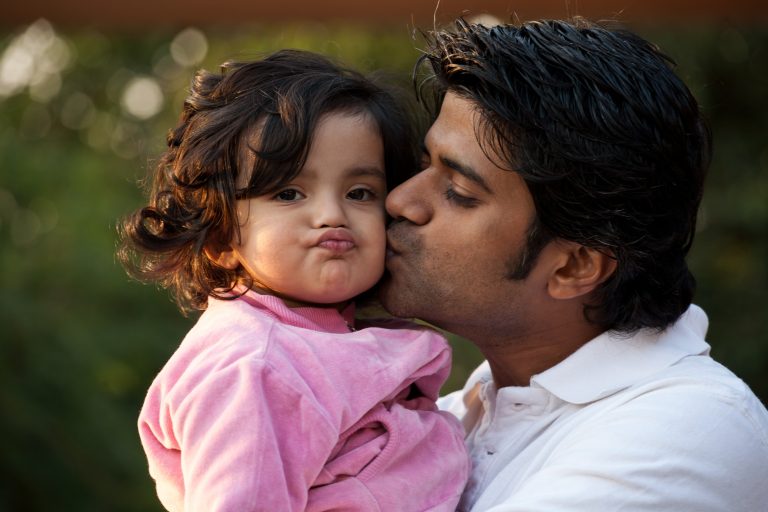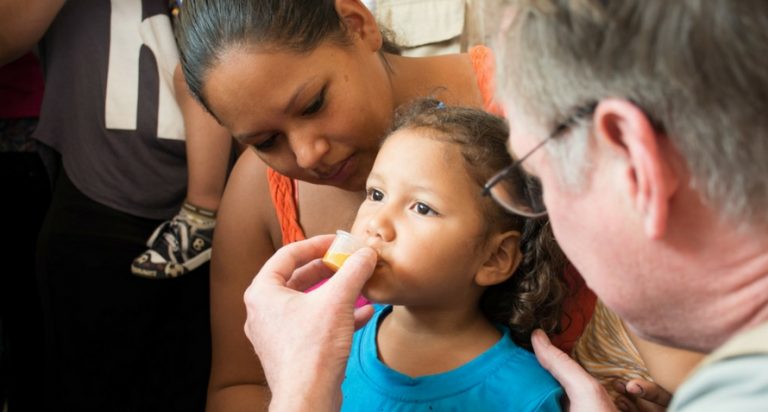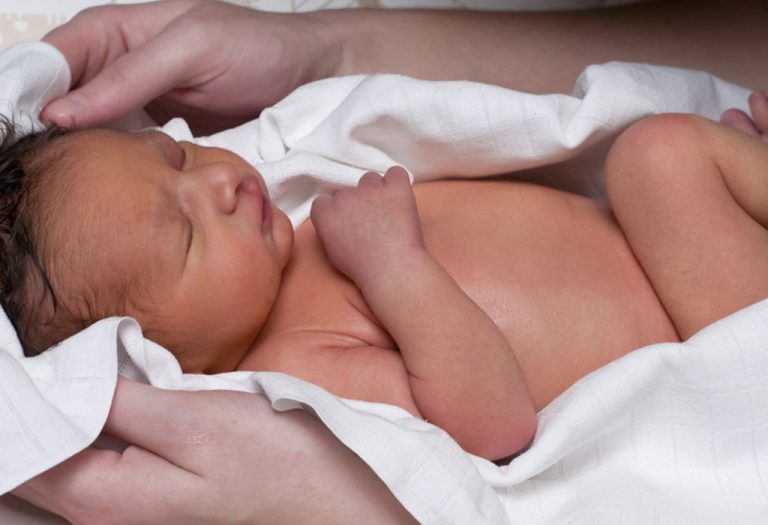Shaken Baby Syndrome (Abusive Head Trauma) – Causes, Symptoms & Prevention
Shaken Baby Syndrome (SBS), also referred to as shaking syndrome, is a serious condition caused by the forceful shaking of an infant. It can result in severe health complications, though signs may not always be obvious immediately. Often linked to frustration or stress in caregivers, SBS is preventable with awareness and proper education. While symptoms vary, early recognition is critical to reducing long-term harm. Understanding the risks associated with Shaken Baby Syndrome helps protect vulnerable children and supports caregivers in managing challenging situations effectively. Public health initiatives continue to educate parents and caregivers about the dangers of shaking in infants.
What Is Shaken Baby Syndrome?
Shaken Baby Syndrome is brain damage in a baby caused due to inflicted brain injury. It is a serious form of abuse and is also known as Abusive head trauma (AHT). Vigorously shaking a baby by parents or caregivers in anger or frustration may result in this type of injury (1).
How Common Is It in Babies?
No one can place an exact number on the babies suffering from SBS. It has been estimated that approximately around 600 to 1400 such incidents occur in infants every year (2). It mostly occurs in infants between the age group of 3 months to 8 months and up to the age of five years. However, as the child grows older, his chances of SBS are less compared to a newborn or infant.
How Does It Happen Only to Babies?
A baby’s head is large and heavy compared to the other parts of the body and the neck is weak. Thus when someone shakes him, his head and neck move vigorously which jerks the brain inside the skull causing it to bounce back and forth. This forceful and uncontrolled movement causes the brain to bruise, bleed and swell along with the retina.
Who Is at Risk of AHT?
Although AHT can happen till the age of 5, infants between the average ages of 3 to 8 months most often suffer from it. However, newborn babies, between 6 to 8 weeks old, are more prone to it (3).
What Are the Causes of Shaken Baby Syndrome?
Infants are at risk of brain injury when they are shaken forcefully or vigorously which results in Shaken Baby Syndrome. It is so because (4) –
- The skull of a newborn baby is very soft. If it gets hit even with a soft object like a pillow while being shaken, an infant’s brain may get injured.
- Babies have heavy and large heads in comparison to their body.
They have weak neck muscles which do not help in holding the head straight. - The blood vessels in the brain of a baby are very delicate. Therefore, when the head is shaken pressure is exerted which causes a haemorrhage.
Signs and Symptoms of SBS
Signs and symptoms may vary from one baby to another, according to several factors like the age of the baby, how much force was used, how often he has been abused and for how long. However, some of the common signs of shaken baby syndrome are (5)–
- Irritable mood and persistent crying
- The baby may vomit
- The baby may lose his appetite
- The baby may stop smiling or babbling like before
- In serious injury, the baby may experience seizures
- He may have difficulty in breathing
- His body may become limp
- Slow heartbeat
- The baby may have trouble hearing
- Retinal bleeding
- In severe case, the infant may go into a coma
- He may also have other signs of physical abuse like broken bones, burnt marks, and bruises.
- The baby may become excessively lethargic
- The skin may turn pale or bluish
How Is Diagnosis Done?
To diagnose the problem, a doctor will first ask for a detailed medical history of the baby. He will also ask about the time when the behavioural changes started occurring. He will get a thorough physical examination of the infant done and look for bruises or any other signs of abuse. Since the brain is bruised in SBS, the doctor may take a blood pressure reading. Imaging tests, like MRI or CT Scan, will also be done to look for bleeding or injury in the brain. The infant may also have to undergo X-Rays in order to look for broken bones if any. Apart from these tests, a doctor may ask for other tests to be conducted to rule out other causes.
Complications and Long-Term Effects of AHT
The complications and side effects of Shaken Baby Syndrome or AHT is long term. It can pose serious problems for the infant in the long run like (6)–
- The infants may experience seizures and have uncontrolled muscle movement.
- He may be unable to see, speak or interact normally with others for the rest of his life.
- He may suffer from Cerebral Palsy which affects the limbs and muscles, thereby making the movement of a person near impossible.
- The infant may have intellectual and learning disabilities. He may never be able to talk or even if he talks, may not talk normally like children of his age. The child may have emotional and behavioural problems.
Treatments for Shaken Baby Syndrome
A baby with SBS or AHT requires emergency care which usually includes life support like oxygen and surgery to immediately stop internal bleeding in the brain. Furthermore, if the child suffers from other kinds of abuse along with it like burns, broken bones etc., the doctor may administer treatment for that too. Ophthalmologists’ may also be required to treat the child since retinal bleeding is common in an infant who is SBS-affected (7).
Prevention
Preventing Shaken Baby Syndrome is not impossible. All you need to do is (8)–
- Resist any urge to shake your baby. It is usually an outcome of anger or frustration in parents due to various reasons like the child crying continuously, postpartum depression, stress etc. However, just remember to back count until the anger/frustration gives way to the calmness in you.
- Understanding that for a newly born or an infant crying is his only way to show displeasure or to put his feelings across.
- Parents must also understand that as the infants grow and mature, the crying will become infrequent.
- Parents can practice yoga and breathing exercises which will help them to lessen their stress.
- Asking a friend or a family member to come and babysit sometimes while the parent can have some “me time”, can help the parent to feel relaxed and handle stress better.
- Enrolling in parenting classes can teach the parent ways to manage stress and how to handle crying infants.
- If the parent hires a nanny or help to look after the baby, he/she should be guided properly and forewarned about SBS. In order to keep a regular watch on the help, the parent may install CCTV cameras.
What to Do When Babies Cry
The first thing to remember when your baby is crying is to relax. Remind yourself that it is a passing phase and with time your baby will mature and his crying will become infrequent. After having given yourself an inner “pep talk”, try out the following –
- Lift your baby and caress him and do a little talking with him.
Then wrap him in a blanket so that he feels secure. - Try creating noises that will help in drowning the other noises. You could even sing something to him like a lullaby.
- Do the swinging movement (either in your hands or you could even place him in a cradle in case he has stopped crying by now)
- You could also let him suck on a pacifier. Better still, breastfeed him (or give him a bottle of milk). In case he is crying due to hunger, that will pacify him.
- In case you sense something wrong with your baby, take him to a doctor immediately.
When Should You Call the Doctor?
A doctor should be immediately called in when you see any of the symptoms of SBS like seizures/convulsions, breathing problems, or retinal bleeding, or if you suspect that your baby has SBS.
FAQs
1. Can Shaken Baby Syndrome (SBS) happen accidentally, like during a car crash or fall?
SBS requires violent, intentional shaking—not typical accidents. However, severe trauma (e.g., high-impact crashes) could cause similar brain injuries, which doctors distinguish through thorough evaluation.
2. Can a baby’s own crying trigger the shaking instinct in caregivers?
Yes. The sound of an infant’s prolonged, high-pitched crying is a documented trigger for SBS. Research shows it can activate a stress response in the brain, leading to loss of control in susceptible individuals—a phenomenon called “Acute Stress-Induced Overload Shaking.”
3. Is there a link between SBS and certain sleep-training methods?
Extreme versions of “cry-it-out” sleep training have been scrutinized when exhausted parents, after nights of sleep deprivation, snapped and shook babies out of desperation. Some researchers argue this creates a “perfect storm” for SBS.
4. Can abusive head trauma happen accidentally while you are playing with the child?
Regular methods of play like tossing the child in the air, bicycling with the baby, bouncing the baby on our knee, cannot cause AHT. Even a fall from the couch or any high furniture will not cause it until it is a severe fall. Only forceful and violent back-and-forth shaking movement can cause it.
Violent newborn shaking, even for just a few seconds, can cause irreversible brain damage and is the leading cause of fatal child abuse injuries in infants under 1 year. Understanding the essential causes of Shaken Baby Syndrome is the best way in which we can prevent it. It requires a cooperative effort in identifying, investigating and preventing SBS in children. Everyone should be equipped with the knowledge of SBS so that any individual can easily detect it, manage it (if they see anyone affected by it) and try and prevent it.
References/Resources:
1. National Library of Medicine – Shaken baby syndrome
2. American Association of Neurological Surgeons – Shaken Baby Syndrome
3. Nemours Kids Health – Abusive Head Trauma (Shaken Baby Syndrome)
4. Cleveland Clinic – Shaken Baby Syndrome
5. Mayo Clinic – Shaken baby syndrome
7. UPMC – Shaken Baby Syndrome
8. Mount Sinai – Shaken baby syndrome
Also Read:
Gray Baby Syndrome
Charge Syndrome in Babies
Edward’s Syndrome in Babies
Baby Brain Development – How to Support Healthy Brain Growth
Was This Article Helpful?
Parenting is a huge responsibility, for you as a caregiver, but also for us as a parenting content platform. We understand that and take our responsibility of creating credible content seriously. FirstCry Parenting articles are written and published only after extensive research using factually sound references to deliver quality content that is accurate, validated by experts, and completely reliable. To understand how we go about creating content that is credible, read our editorial policy here.





